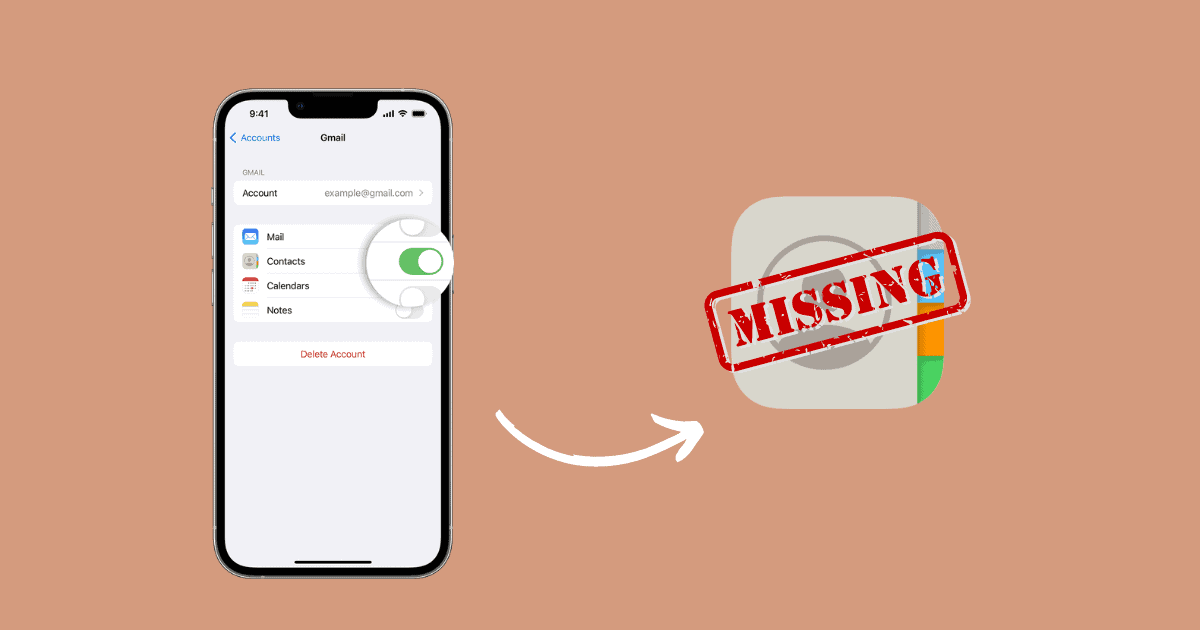Want to get your hands on the new features in iOS 18.4? Here’s how to become a beta tester to install iOS 18.4 beta 1 on your iPhone.
How-To
How to Install and Use FlekStore on iOS? Step-by-Step Guide
A step-by-step guide explaining how you can install and use FlekSt0re on iOS to sideload apps, emulators, and jailbreaking tools.
How to Recover Contacts Disappeared After iOS 18 Update
Find out how to recover contacts disappeared after updating to iOS 18 with our simple and effective guide.
How To Download TutuApp for Free on iOS 18 (2025)
Is TutuApp still safe to use on iOS? Here’s what you need to know about this third-party app marketplace before downloading on your iPhone!
How To Set Up Charles Proxy on iOS 18 for Free (2025)
Do you need to monitor network traffic through your iPhone? Here’s a detailed guide on how to set up Charles Proxy on iOS 18.
How to Fix Tigon Liger Error Code 44 While Logging into Facebook on iPhone
Fix Tigon Liger Error Code 44 and get back to enjoying Facebook with our easy-to-follow troubleshooting guide.
Can You Use the Camera Control Button to Open Third-Party Apps?
Learn how to assign the Camera Control button for third-party apps on iPhone 16 for better photography and video options.
Is Yuzu Emulator Available on iOS? Not Really, Here's Why
Wanting to know if the Yuzu emulator is available for iOS? Read our article to find out why you’ll be waiting for a Nintendo Switch emulator.
What's Going on with Multiple Instances of Chrome in Privacy & Security?
Users are reporting multiple instances of Chrome in their Privacy & Security settings on Mac, and so far, it’s a complicated situation.
How To Download PGSharp on iOS 18 With and Without Jailbreak [2025]
Can you download PGSharp on iOS? Although it’s not on the official website, there are some workarounds available.
What Is Aptoide and How to Download It on iOS
Aptoide is known as a repository of Android apps, but the marketplace has an iPhone version, too. Here’s how to install Aptoide on iOS.
What Are Haptics on iPhone? Here's How Apple’s Taptic Engine Works
Uncover the impact of the haptics iPhone brings to your device. Experience more responsive feedback with every interaction.
How to Turn Off the Blue Light on iPhone [2025 Guide]
Master how to turn off the blue light on your iPhone for a healthier nighttime routine and improved sleep quality.
How To Fix Badge Count of Mail and Messages No Longer Appears on iPhone
Is the badge count of your Mail and Messages missing? Here are some steps to bring back your alerts—you might have just disabled them!
Top 9 Fixes for iPhone Charging Slowly After iOS 18 Update
Is your iPhone’s battery charging slowly after installing the recent iOS 18 update? Here’s how you can troubleshoot the issue.
Red Dot at the Top of Your iPhone: What It Is & How to Fix It
Learn what the red dot on your iPhone means. Discover its connection to screen recording and more helpful insights.
How to Get and Install a Rolex Apple Watch Face: Easy Alternatives
If you want your Watch to look like a Rolex, our guide shows you how to install a Watch face that’ll make you the talk of the town.
Is ESign Safe To Install on iOS? What To Consider and How To Use
To install apps from outside the App Store, you need a process called sideloading. ESign helps you do that on iOS, here’s how to use it.
How To Fix “To Cast, Give Chrome Access in System Settings” Error on Mac
Having trouble using Chromecast on your Mac? Here’s what to do if you see “To Cast, Give Chrome Access in System Settings” pop up!
How To Turn Off Stolen Device Protection Without Face ID
Want to reset Face ID but can’t due to Stolen Device Protection? Here’s how to turn off Stolen Device Protection without Face ID.
How To Fix iPhone 16 Pro Battery Draining Fast: 6 Ways
Is your iPhone incapable of lasting all day on a single charge? Here’s what to do if the battery on your iPhone 16 Pro keeps draining fast.
How to Fix iPhone 15 Pro Max Not Vibrating on Silent Mode
Do you keep missing important alerts? Here’s what to do if your iPhone 15 Pro Max is not vibrating on Silent mode.
How To Fix Facebook Not Launching After iOS 18: 6 Ways
Is Facebook app not launching anymore after installing iOS 18? Here are six easy ways to troubleshoot third-party app update bugs!
Can You Download HappyMod for iOS? No, But Here's an Alternative
If you’re looking to download HappyMod on iOS, I’ve got some bad news for you. However, those looking to mod have at least one alternative.









![How To Download PGSharp on iOS 18 With and Without Jailbreak [2025]](jpg/gimmighoulcoinspokemongomay2023featured.jpg)


![How to Turn Off the Blue Light on iPhone [2025 Guide]](jpg/is-it-better-to-have-your-phone-on-night-shift-3-benefits.jpg)










